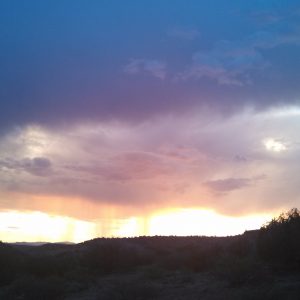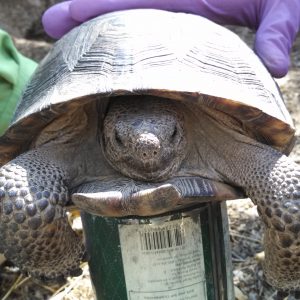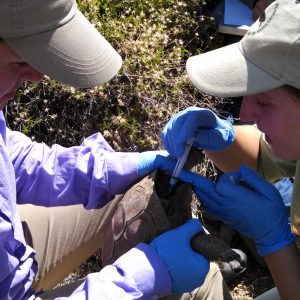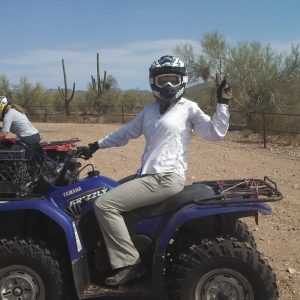The past couple mornings have been a bit crisp. A few folks in the field office have claimed Fall as their favorite season around these points, in Cedar City, UT. A chance to enjoy some lower elevation nature in more forgiving warmth, and autumn’s amber light.
Our mentor Christine has played an integral role in this rewarding internship experience. She has placed importance on getting Maria and I involved in a variety of activities. Being that we finished our Sage Grouse work quicker than anticipated, filling up our schedules with things to do has been a task in itself. Christine has been reaching out to her connections in both State and Federal agencies, offering the help of two eager interns.
A few weeks back we had the pleasure of taking part in the Riparian Systems Multiple Indicator Monitoring (MIM) training course. The week-long class was led by the creators of the protocol, composed of both current and retired employees of the Forest Service and BLM. In 2003, an inter agency focus group composed of members of the BLM, USFS, University of Idaho researchers, professors, livestock producers and specialists determined that measuring and analyzing only short-term indicators, namely stubble height, did not paint a complete picture when evaluating riparian health, specifically within the context of cattle grazing. Thus the need for a more wholly representative model sparked the creation and development of MIM. MIM employs a variety of metrics; data which is gathered annually, compared to previous, and analyzed to gain greater insight on land impacts. This type if information can be used to make better, more informed, management decisions.
7 of the western states were represented by the training course attendees. Their positions just as diverse as their locale; hydrologists, range technicians, fuels, natural resource, ranching, ecologists, biologists….Perhaps the best part of the experience was spending three days in-stream, surrounded by greenery….4 months in the desert is long enough to rub off a greater appreciation of water.
Another fun experience I was fortunate enough to participate in was electrofishing in with the forest…Yes, electrofishing. We waded through a 100 metre stretch of a small stream, wielding a an electrified rod (anode) and electrified ‘rat tail’ (cathode). Fish has a strip on their side senses electric currents, so when the anode is activated, any fish that are in the immediate proximity are drawn towards the current and temporarily paralyzed. At that point there are two people who net the fish, and transport them to a holding tank. Our species of interest were both native; German Brown trout and Desert/Mountain Sucker. Once two passes were made through the survey area, we took weight and length measurements and returned them back to the stream. In two passes of 100 metres, we collected over 100 specimens. As a fisherman, I found the experience fascinating in that the electrofishing exposed where the fish preferred to hang out; underneath debris and undercut banks.
For the last week and a half Maria and I have been helping the DWR with Utah Prairie Dog trapping and translocations. The Utah Prairie Dogs are an endangered species which have caused quite a stir in the town of Cedar City. Because the dogs have an affinity to congregate in areas with irrigation (alfalfa fields, golf course, public parks, cemeteries, etc), the township views them as a major pest. Because the dogs are a listed species, they are a developers nightmare Thus, the DWR plays a vital role in not only trapping unwanted dogs and translocating them onto public land, but also communicating with and educating community members, as their duties often require them to trap on private land as well.
-
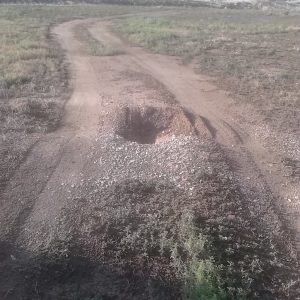
-
A burrow in the middle of road; one of numerous examples of why members of the local community are not fans of the Utah Prairie Dog.
-
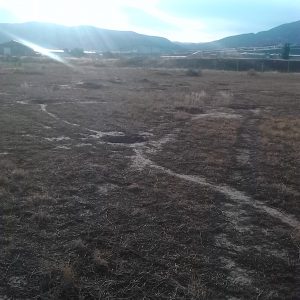
-
Looking at the Prairie Dog ‘roads’ helps to determine which burrows are currently active.
-

-
Kent setting a trap
-
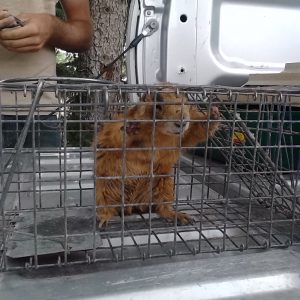
-
A trapped Utah Prairie Dog
-

-
A stiff blow encourages the dogs into the dark holding bag, which reminds the dog of a burrow.
-

-
The ears are tagged
This upcoming week will be spent assisting the Forest Service with fisheries work in the Virgin River, followed by Utah Prairie Dog wildlife clearances in proposed project areas.
Cheers, and thanks for reading.





